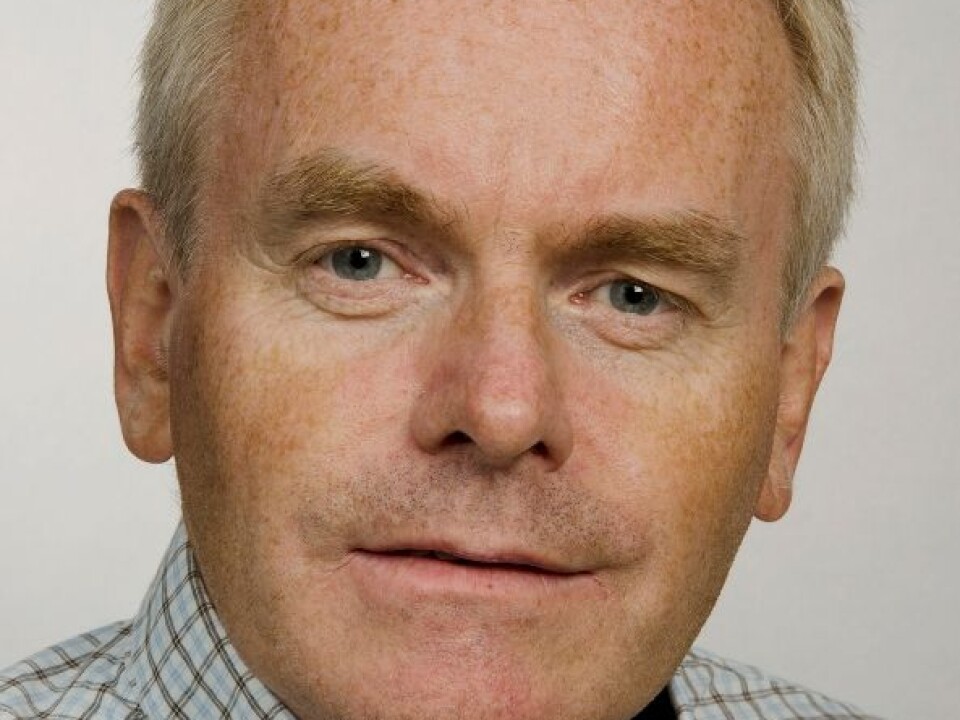
A physician's words can help or hurt
Doctors can help people change their unhealthy lifestyles, but poor communication skills may cause patients to feel shame and guilt.
Denne artikkelen er over ti år gammel og kan inneholde utdatert informasjon.
Doctors who communicate poorly can make their patients feel guilty and ashamed instead of empowering them to change their bad habits.
“Not everyone finds it easy when an MD broaches the subject of quitting smoking," says Eirik Abildsnes, a researcher and MD who examined this issue in his doctoral thesis. "The challenge for the doctor is that he or she knows there’s a link between smoking and the respiratory infections that the patient keeps coming back with.”
“There’s the risk that the patient will be offended by the doctor's suggestion,” says Abildsnes, who is a family doctor and a deputy chief municipal physician in Kristiansand, Norway.
He advises doctors to tailor their messages to the patient when offering advice on sensitive subjects, such as obesity and smoking.
Abildsnes has analysed the power relationship between doctor and patient based on discussions among interns and general practitioners in supplementary training focus groups.

The participating physicians described episodes from their patient consultations where the topic was the patient's lifestyle.
Feeling powerless
He found that doctors who are good communicators are more successful at preparing patients to make changes and develop healthier habits.
“One of a doctor’s social commitments is to coax patients into switching to better habits. But the doctors I interviewed admitted that it can be hard to instigate long-lasting changes,” says Abildsnes.
He points out in his analysis that doctors can feel powerless when they find themselves in what he calls complex communication situations.
These are cases when the MD finds it hard to specify concrete actions that would improve the patient’s lifestyle, or when the patient resists or simply ignores the doctor’s suggestions.
Many tools in the kit
Abildsnes describes several communication tools in his dissertation that family doctors can use when they consult with patients about unhealthy habits.
“These might be everything from the use of language, physical examinations, the relationship with the patient, and less orthodox approaches, such as humour and surprise,” says Abildsnes.
Abildsnes thinks physicians could do a better job of choosing the tools they use to communicate.
“They can improve by modifying how they communicate, by better deciphering their patients and by keeping abreast of new communication tools. This doesn’t just apply to medical students, but also to experienced MDs. Doctors with established practices also need to brush up and refresh their skills,” says Abildsnes.
He says that raising awareness about the power relationship between doctors and patients can lower the risk that patients will be hurt by how their doctor communicates.
“It’s essentially an asymmetric relationship,' Abildsnes says. "The patient comes to the doctor, who has knowledge and can prescribe a remedial action that can be set in motion, but these have to be used correctly."
-------------------------------
Read the Norwegian version of this article at forskning.no
Translated by: Glenn Ostling

































